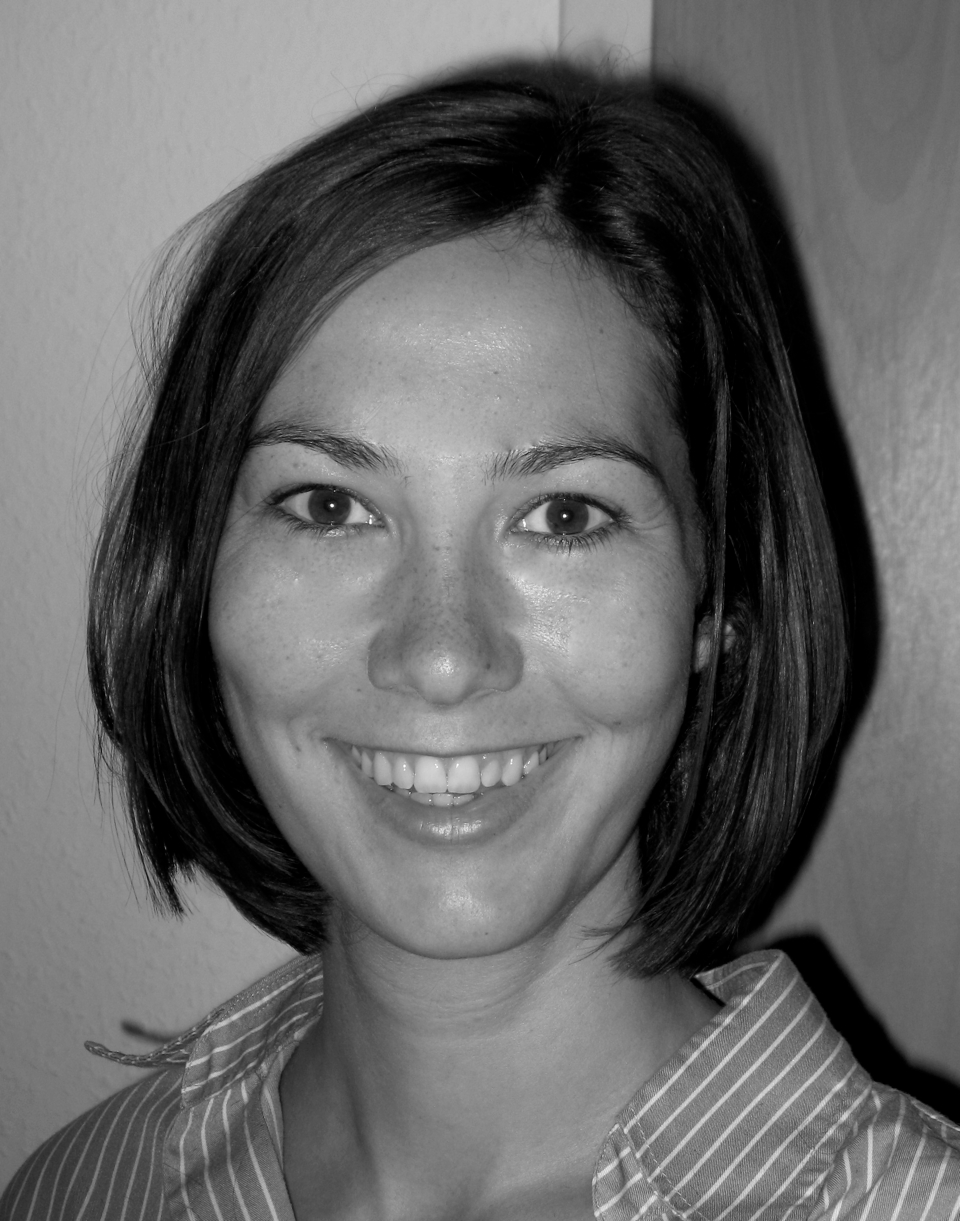'Digital curation cost models for everybody' by Sabine Schrimpf
- Details
- Created on Wednesday, 17 April 2013 15:33

Why though, one could ask? My guess, and our experience here at the German National Library (DNB), is that existing cost models have reached a degree of complexity that tends to be intimidating for anybody new to the field. When we at the DNB started out to implement a cost model for our developing digital preservation service, our intention was to find a pragmatic model; something lightweight and simple and something that has already proven itself in other areas of economics. The existing models did not quite seem to fulfill our needs, so we set out to develop our own model with the help of an external economist. We have to admit, though, that in the end, the resulting DP4lib cost model appears just as complex than the cost models that were there before ours.
The 4C project sets out to prevent other institutions running into the same trap. It does so, primarily, by networking existing projects and initiatives and ensuring that where existing work is relevant, stakeholders realize and understand how to employ it. 4C also mediates between cost model owners and potential cost model users with the ultimate goal of making existing cost models more fit-for-purpose for a wide range of organizations operating at different scales in both the public and the private sector.
- Initial stakeholder groups in which the 4C project recognizes relevant potential digital curation cost model users are:
- Research funders – as they provide funding for data intensive research.
- Big data science – as they deal with large amounts of data that is often not easy or even impossible to reproduce.
- Digital preservation vendors – as they build their business models on digital curation services.
- Government agencies – as they must maintain data of public interest for long periods of time.
- Publishers & content producers – as they invest in digital content creation and more and more of their asset exists in digital form only
- Data intensive industry – as they build their products on digital data
- Memory institutions – as preservation of digital cultural heritage has become part of their mission
- Small and medium enterprises – as they increasingly rely on digital information in the business life cycle.
The research funder, of course, has different budgeting interests than the accountant of a data intensive automotive company and the interests of, let’s say, the head of a publishing company and the archivist of a medical research institution are also likely to be quite different. Since they all deal with similar cost parameters however - namely personnel costs and costs for hardware and software; similar processes - namely data ingest, data management, archival storage, preservation planning; as well as access to data, they all have a point in talking to and learning from each other before developing yet another cost model.
Sabine Schrimpf, German National Library
Sabine leads the 4C Project work package “Engagement” to provide channels and virtual and physical forums for interaction between the project team and a wide range of stakeholders, to systematically survey and assess all relevant work in the area of digital curation costs, and to package and disseminate the outputs of the project.
















